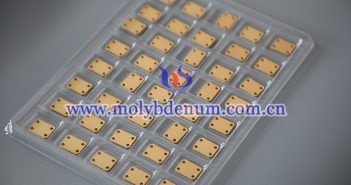
Due to its high thermal conductivity, low thermal expansion coefficient and excellent high-temperature stability, molybdenum-copper alloy has a wide application prospect in the field of heat dissipation of high-power electronic devices. The heat dissipation performance of Mo-Cu alloys can be further improved by optimizing the Mo-Cu ratio, increasing the density of the material, adopting a gradient structure, optimizing the interface material, and developing new composite materials. Molybdenum-copper alloy heat dissipation optimization strategy 1. Adjust the Mo-Cu ratio to improve the…









